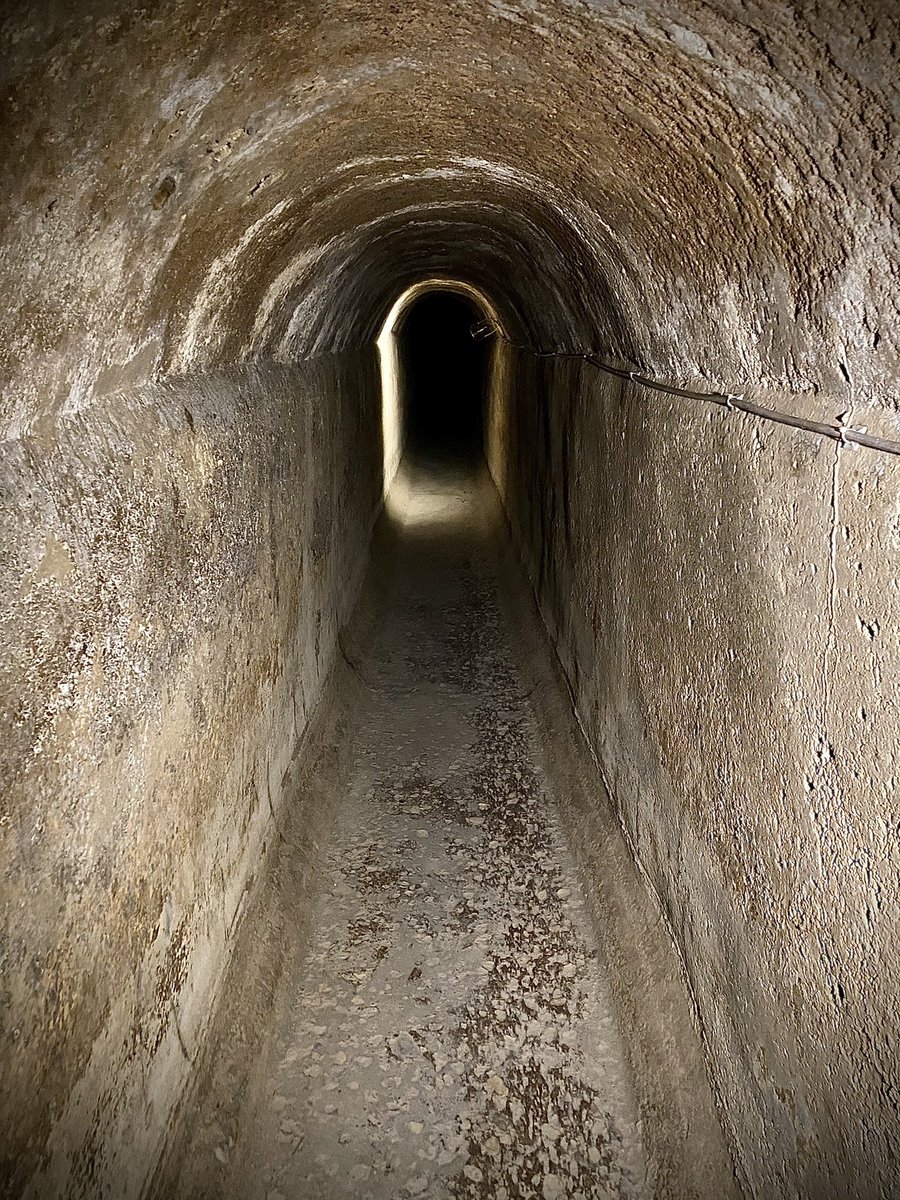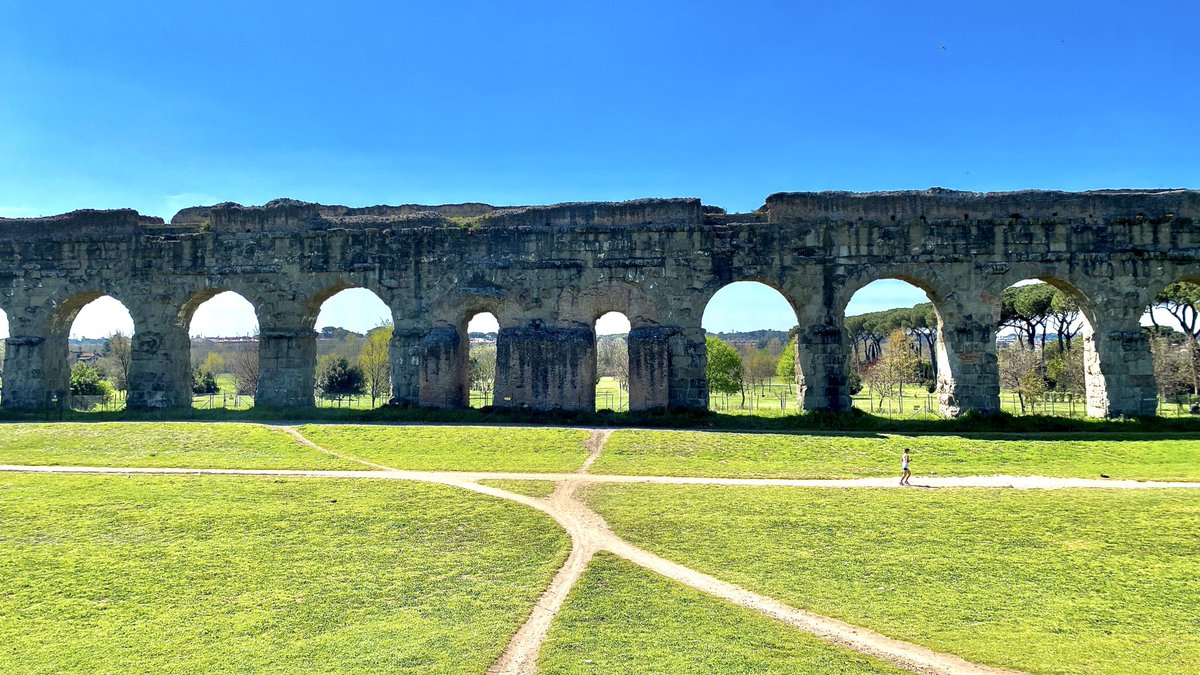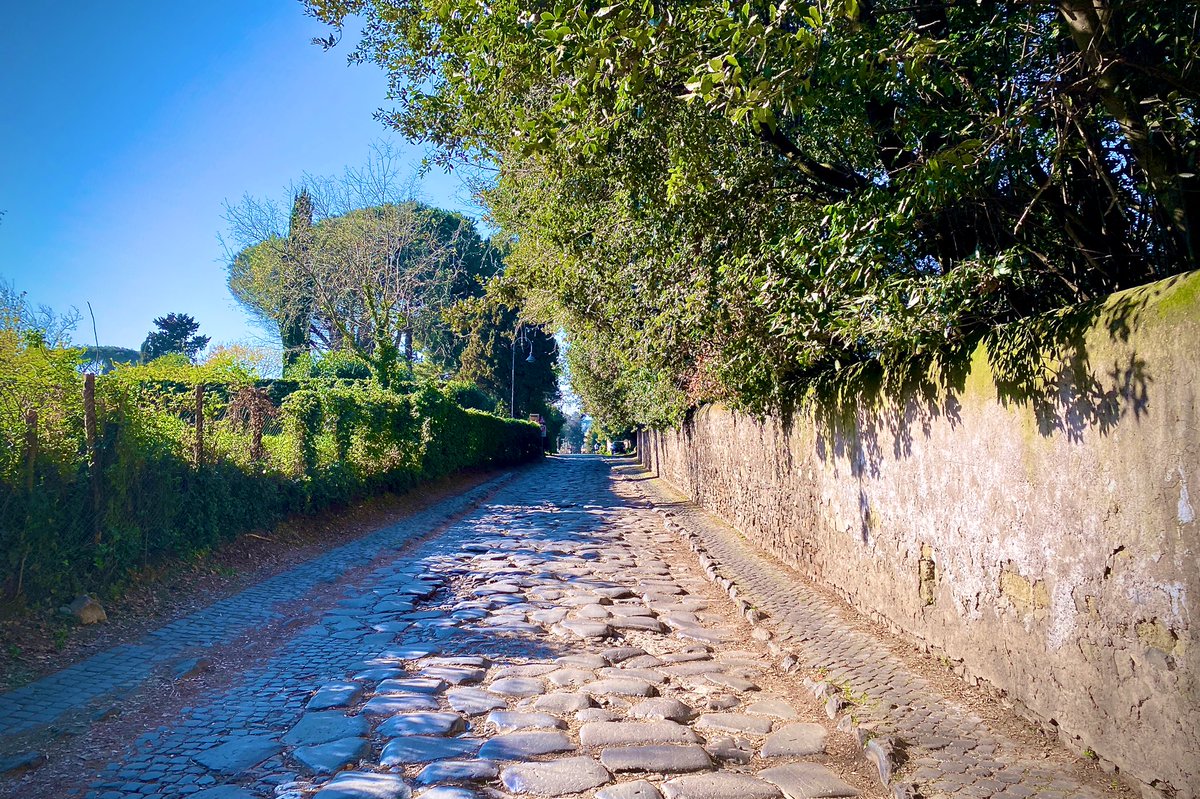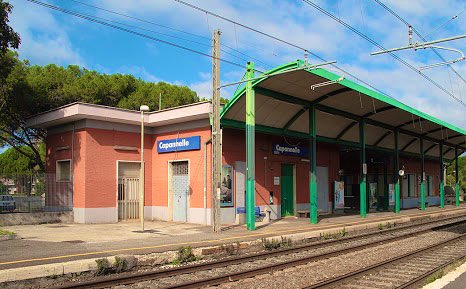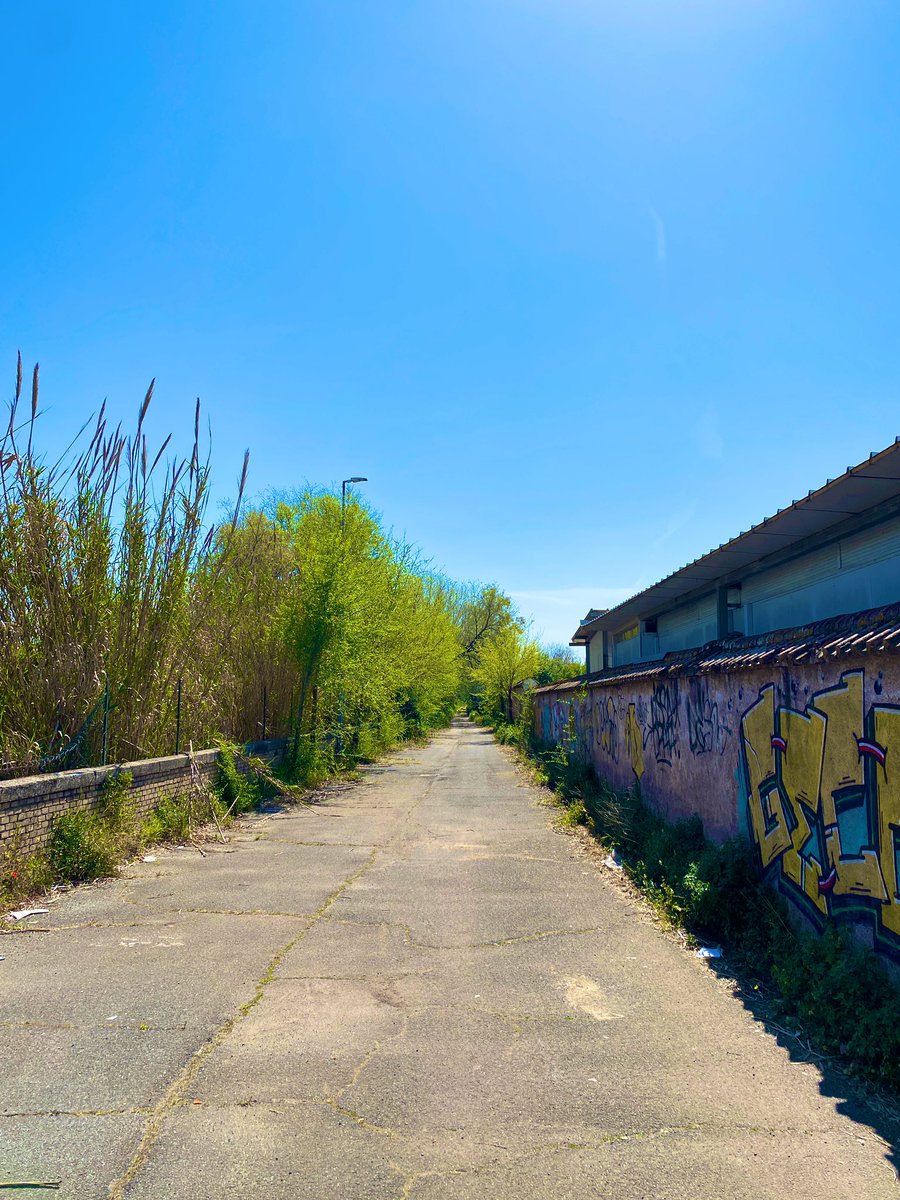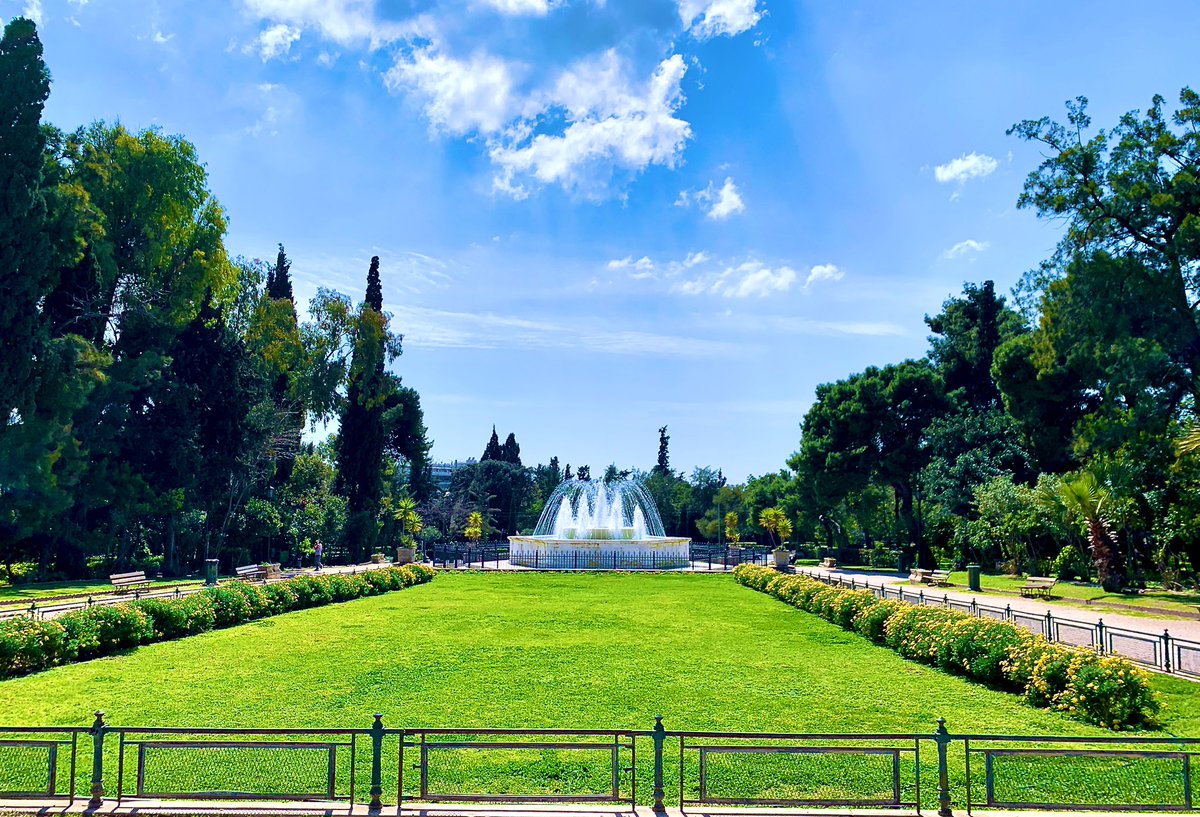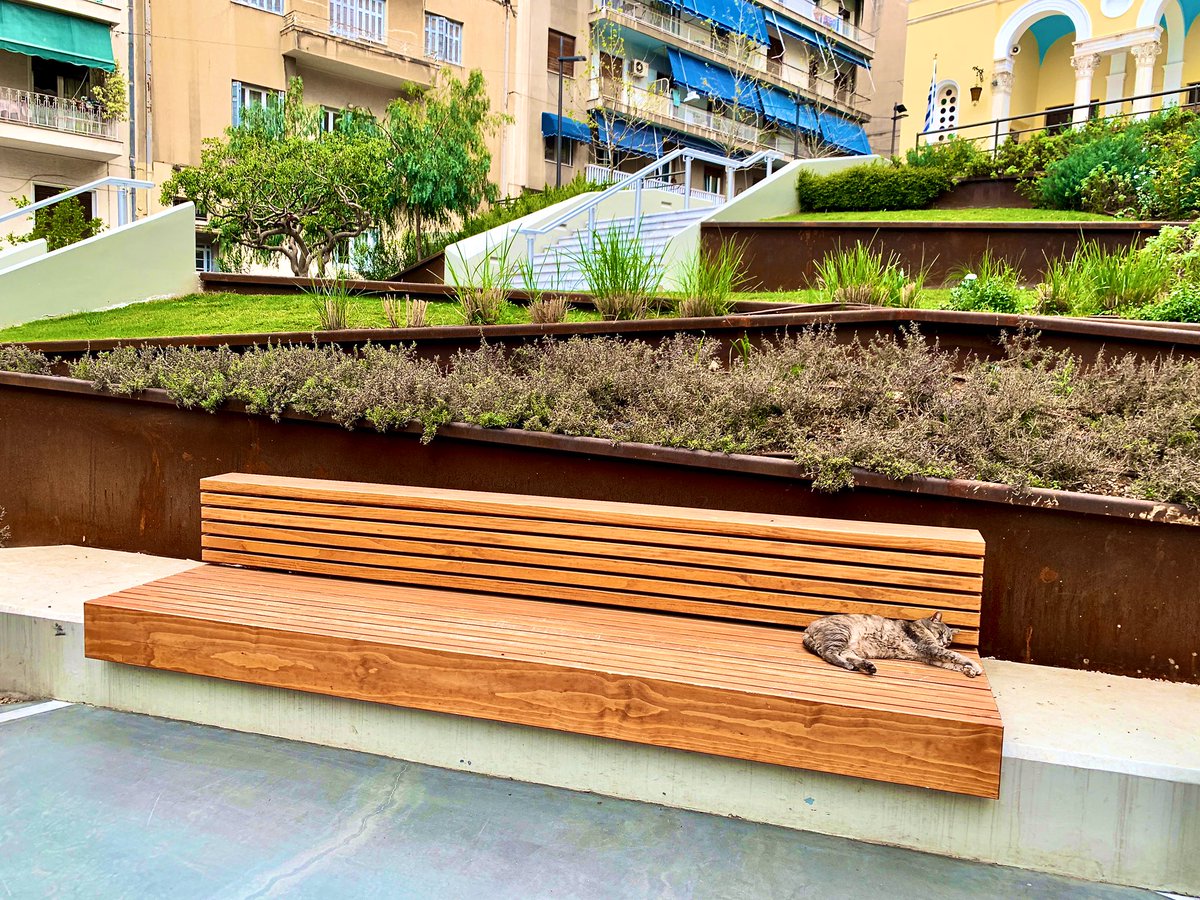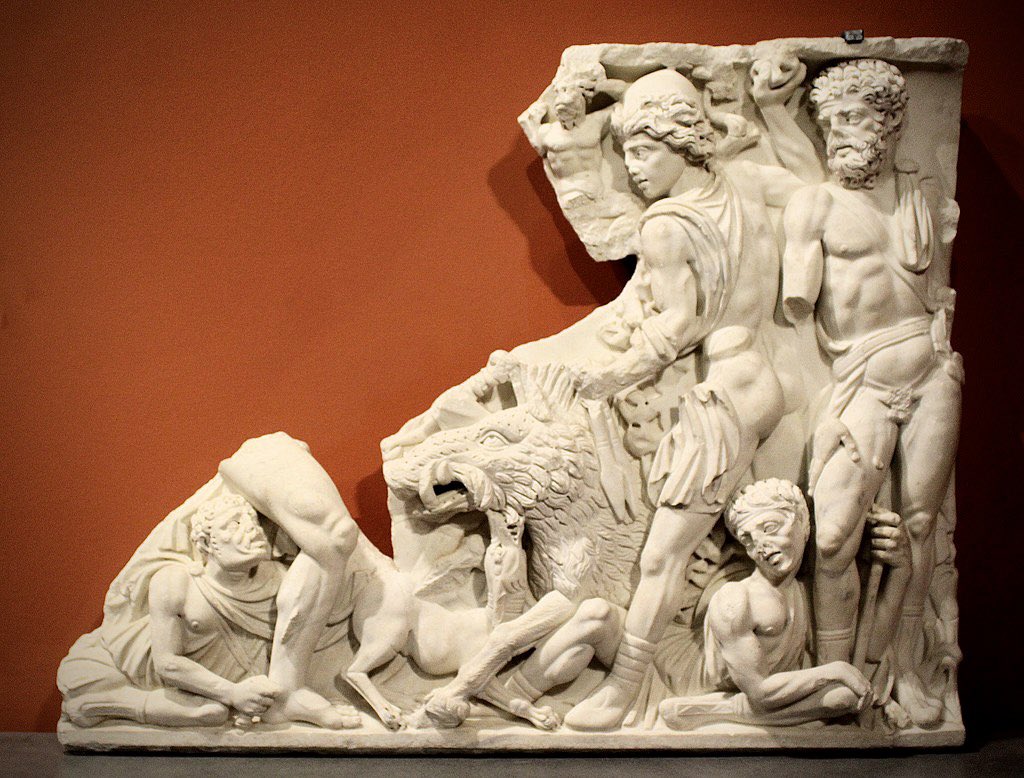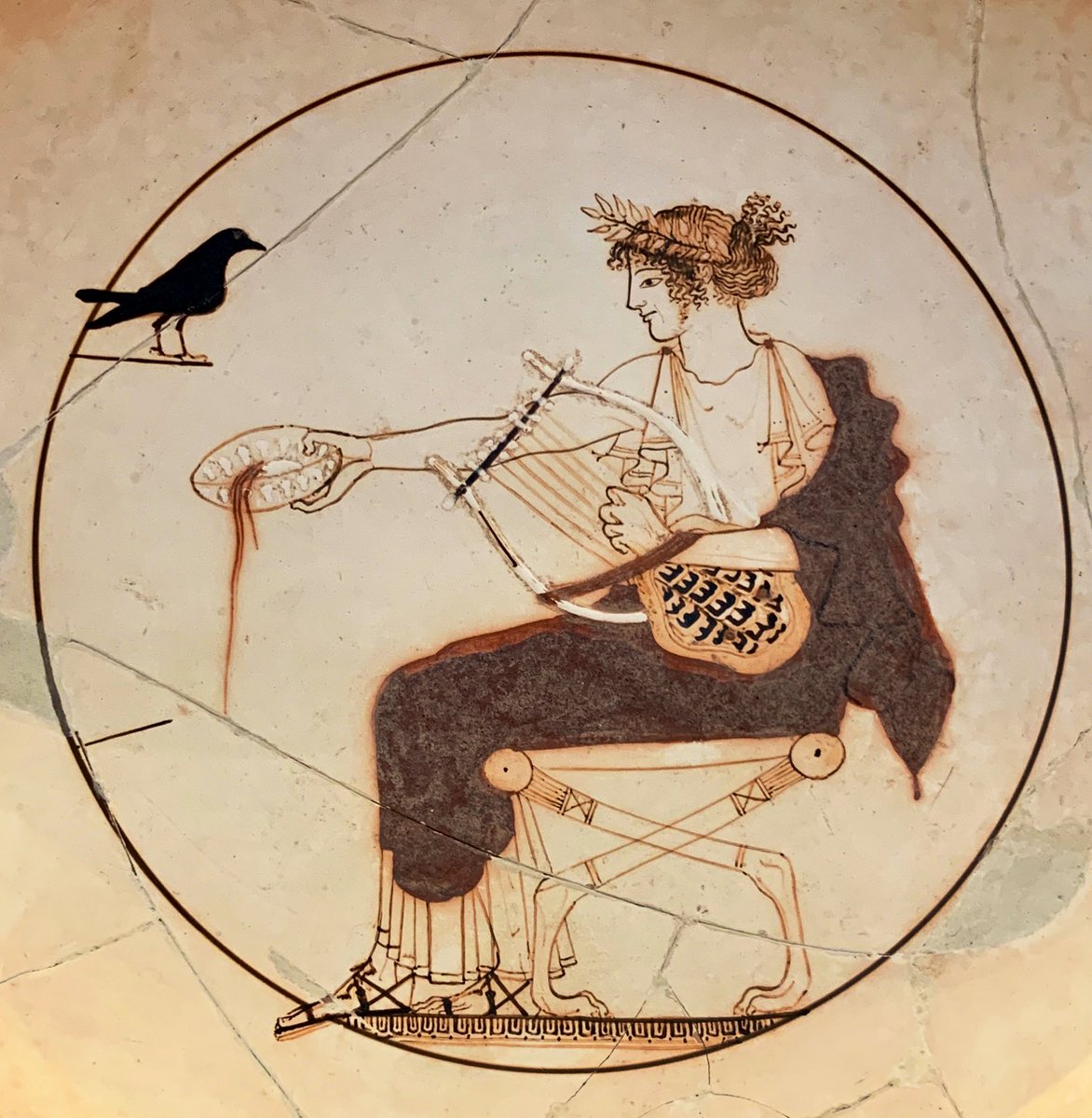
What is the #archaeology like on all these tiny islands in the Aegean?
Follow this #THREAD to join us on the Small Cycladic Islands Project. We’re visiting a brand new island today & I can’t wait to see what awaits us!
1/n
#greece 🇬🇷 #SCIP2021 #island
Follow this #THREAD to join us on the Small Cycladic Islands Project. We’re visiting a brand new island today & I can’t wait to see what awaits us!
1/n
#greece 🇬🇷 #SCIP2021 #island

2/ Today, we’re boating out of Panagia Kanala on Kythnos to visit the island of Piperi, 9km to the southeast.
From afar, the Piperi seems like a steep rock sticking out of the sea, w/ little vegetation, water, or evidence of human activity. I’m sure we’ll find something, though!
From afar, the Piperi seems like a steep rock sticking out of the sea, w/ little vegetation, water, or evidence of human activity. I’m sure we’ll find something, though!

3/ Every day on #SCIP2021 begins with a ride like this! We throw all of our equipment in dry bags and hop on a RIB for what must be the best commute in the world!
We have wonderful boating weather this morning, but it might get hot out there when we’re surveying!
🇬🇷🚤
We have wonderful boating weather this morning, but it might get hot out there when we’re surveying!
🇬🇷🚤
4/ Once we get close, it’s time to find a safe place to land. With no natural ports, cliffs for a coastline, and plenty of sharp rocks, this could be a tricky one!
5/ After a whole lot of looking, we spot a safe place to bring the boat in and it’s time to disembark!
First impressions: sharp rocks, sharp plants, and some unbelievably steep topography!
🌊🏔🌊
First impressions: sharp rocks, sharp plants, and some unbelievably steep topography!
🌊🏔🌊
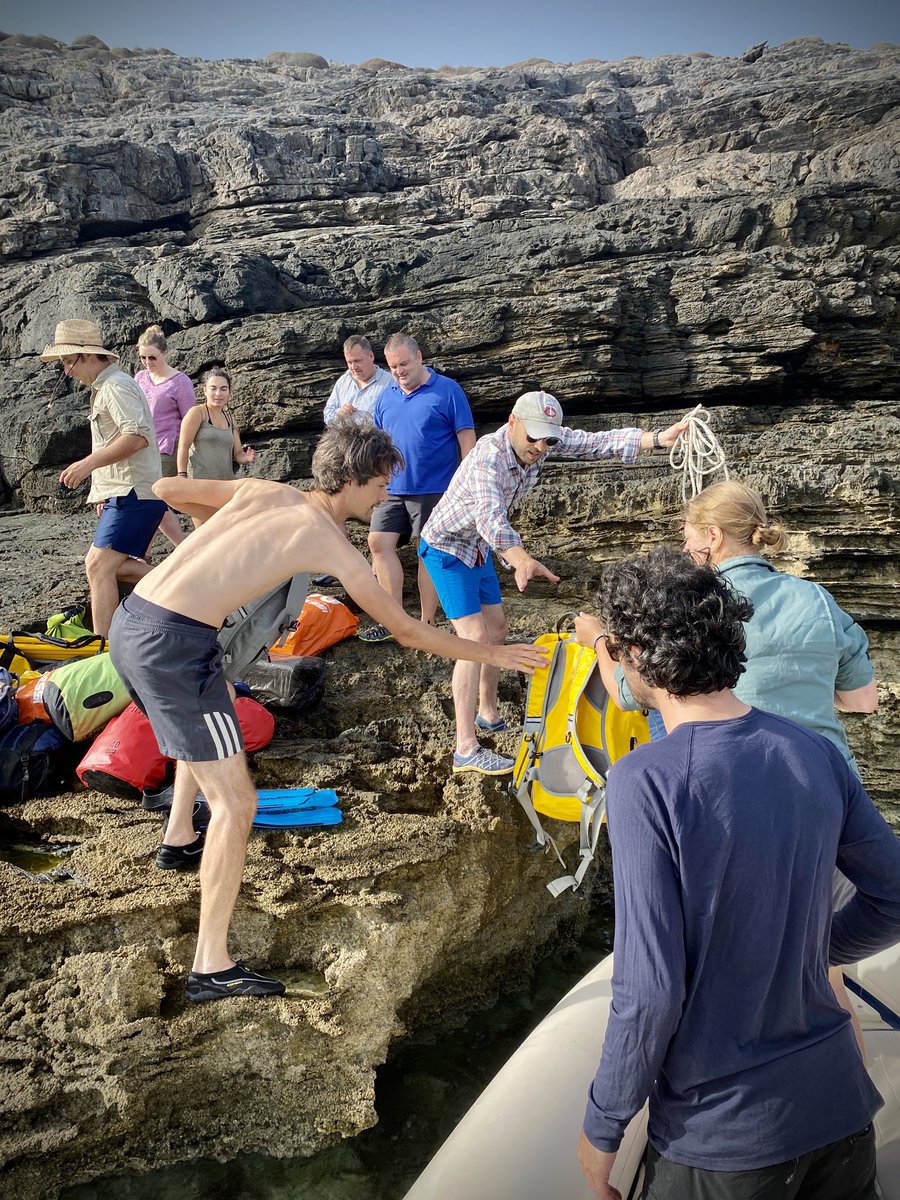
6/ The most important part of an archaeological survey is understanding where we are so we can know precisely where we’re finding the material that we record.
As soon as we land, I set up a pair of @emlid RTKs at this particularly picturesque spot!
As soon as we land, I set up a pair of @emlid RTKs at this particularly picturesque spot!
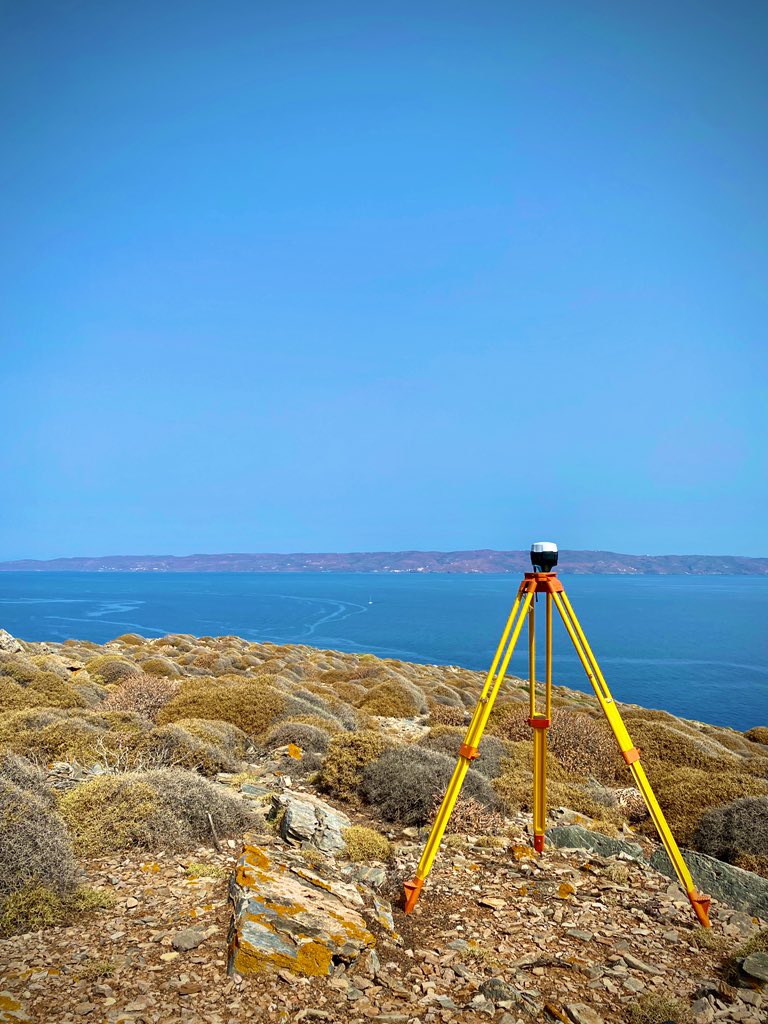
7/ After we know where we are, it’s time to begin learning as much as we can about the island!
While the survey team gets ready to walk every inch of the island, we send up our trusty drone to make a detailed orthophoto and 3D model of the island and anything we might find.
While the survey team gets ready to walk every inch of the island, we send up our trusty drone to make a detailed orthophoto and 3D model of the island and anything we might find.
8/ And the survey begins! A team of five archaeologists line up 10m apart from one another and start walking across the island. For each 100x50m survey unit, they collect pottery, stone tools, and note any other evidence of human activity like buildings or animal pens. 

9/ This island may look barren, but there’s plenty of archaeology!
One of the first things we document today is a large obsidian tool preparation area, with plenty of flakes and even some fine arrowheads like this guy!
One of the first things we document today is a large obsidian tool preparation area, with plenty of flakes and even some fine arrowheads like this guy!

10/ But it’s not all about prehistory on Piperi! Near an early modern shepherd’s hut we began to document large quantities of Roman pottery.
Next thing you know: let there be light!
Next thing you know: let there be light!

11/ But we’re not just looking for artifacts & sites. The island gets a full description, complete with us scrambling into every cave, ravine, & rock shelter to learn more about the local geology.
This beauty is my last stop of the day and it couldn’t be in a more amazing spot!
This beauty is my last stop of the day and it couldn’t be in a more amazing spot!
12/ Last order of business: hop into the Aegean to cool off after a long day!
We have lots of data to work through, plenty of pottery/lithics to read, architectural plans to make, & you’ll find me at the GIS lab. In a few days, we’ll be able to tell the island’s story!
We have lots of data to work through, plenty of pottery/lithics to read, architectural plans to make, & you’ll find me at the GIS lab. In a few days, we’ll be able to tell the island’s story!

13/13 And just like that, we’re back on the boat & headed to Kythnos!
Thanks for coming along for a day on the Small Cycladic Islands Project. We still have 5 weeks of work left for this summer, so you can expect much more!
🏝
Thanks for coming along for a day on the Small Cycladic Islands Project. We still have 5 weeks of work left for this summer, so you can expect much more!
🏝

• • •
Missing some Tweet in this thread? You can try to
force a refresh



